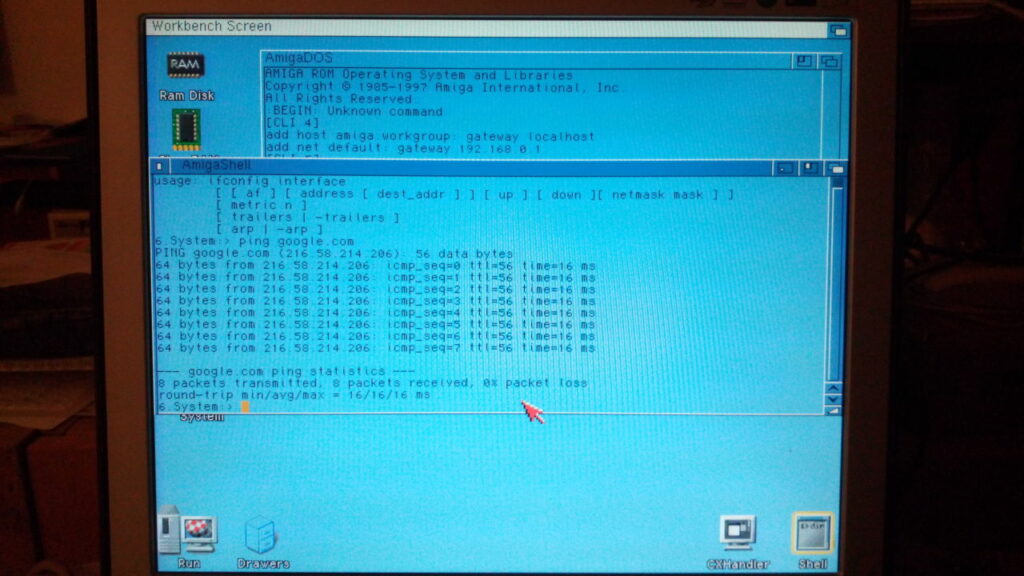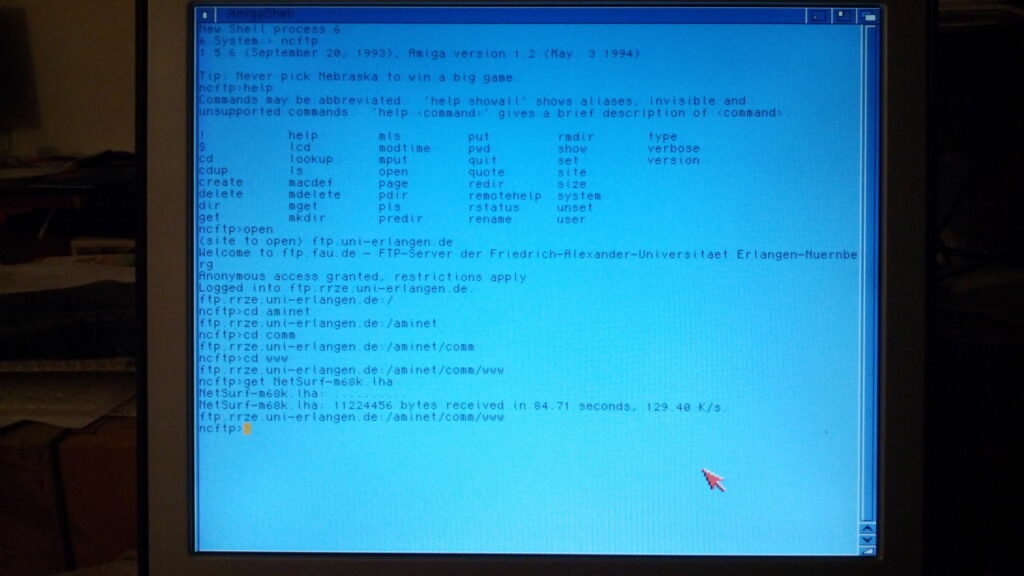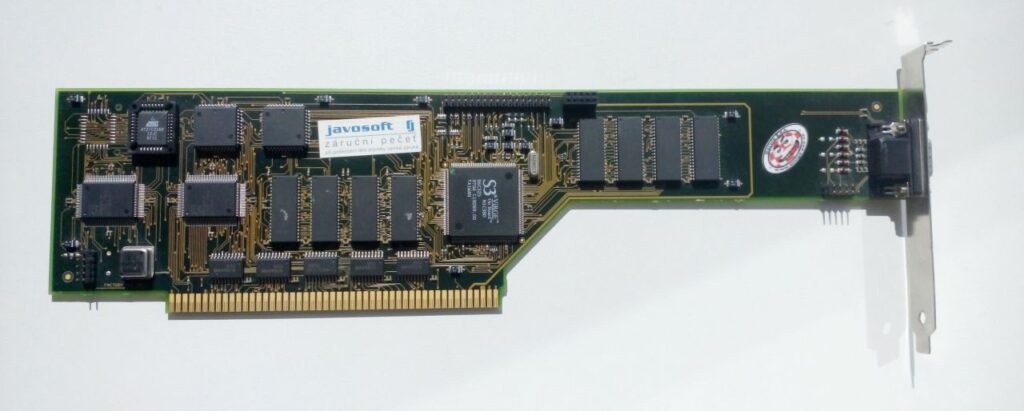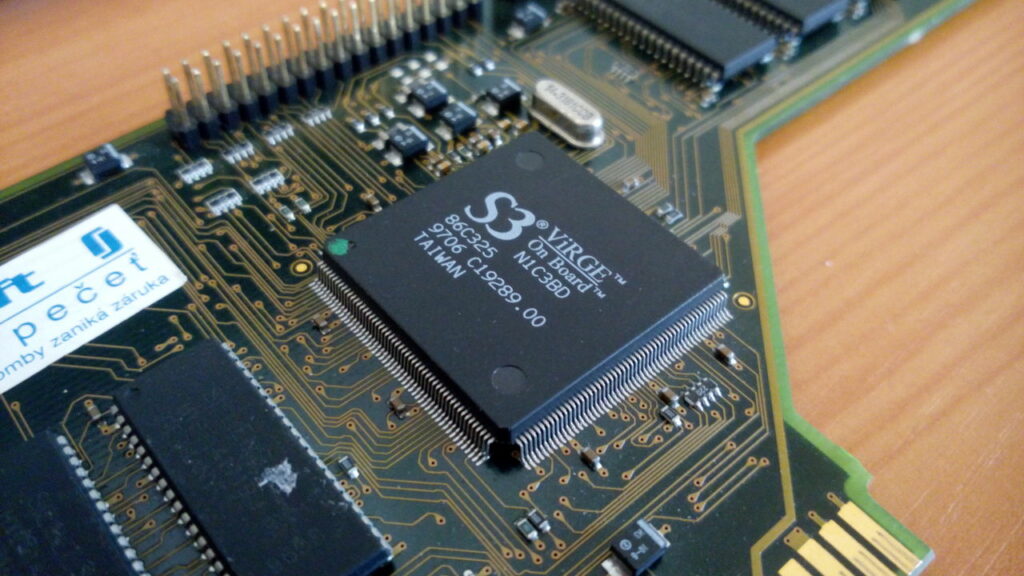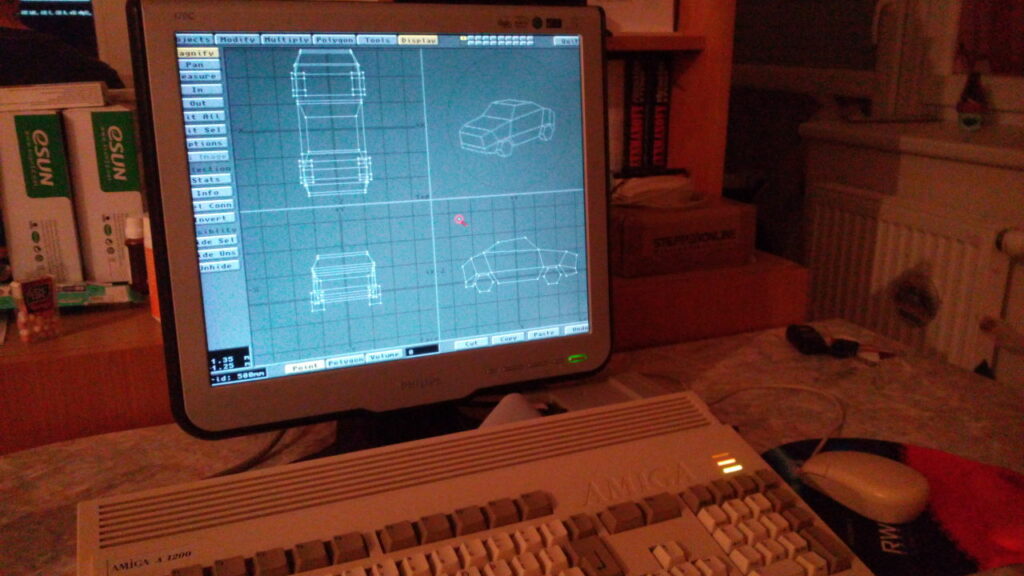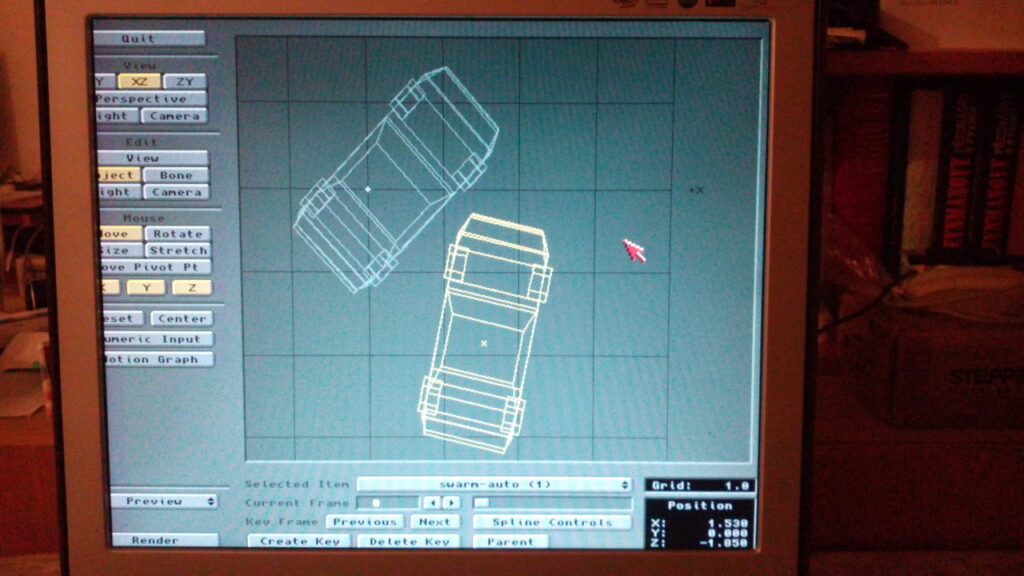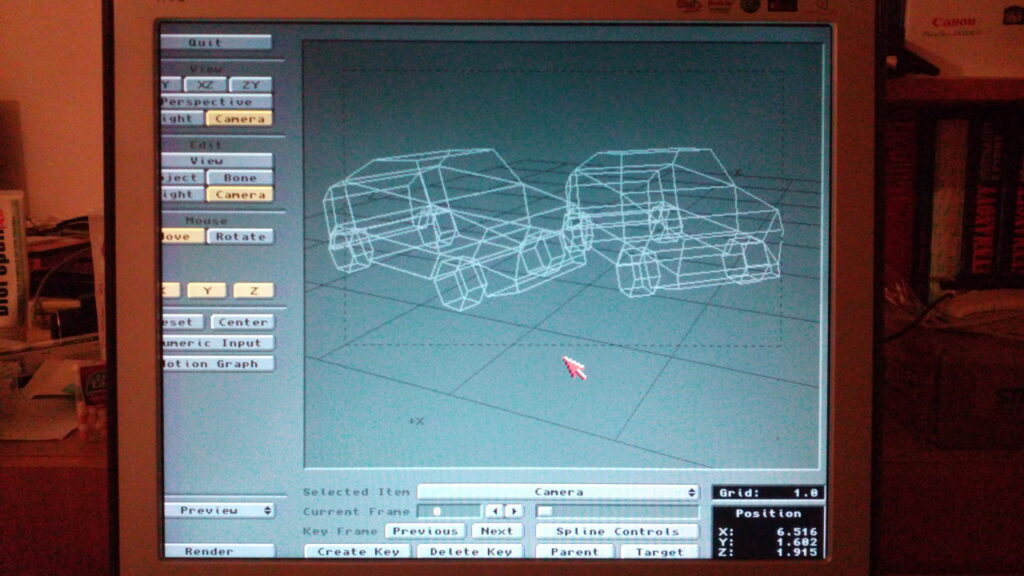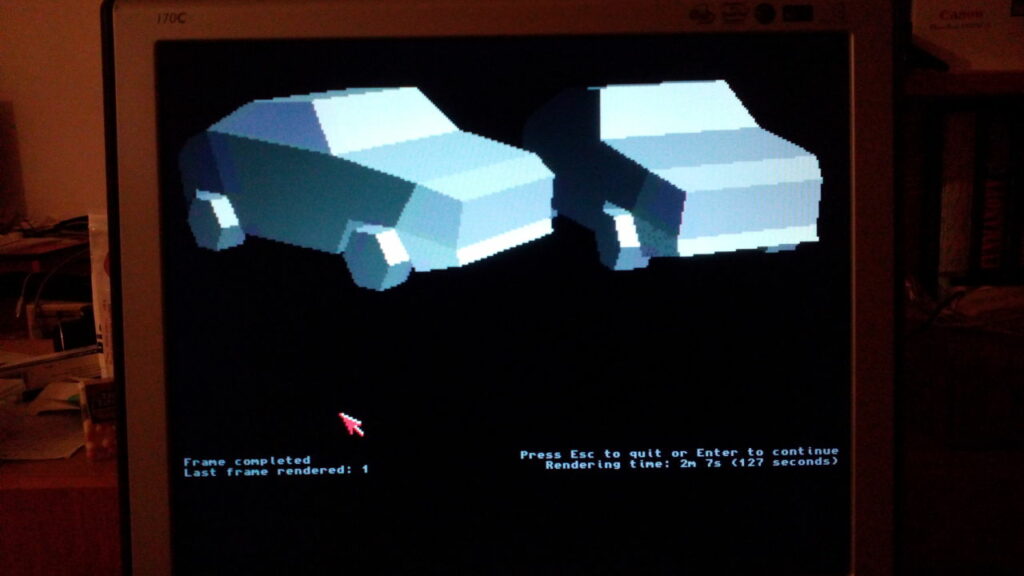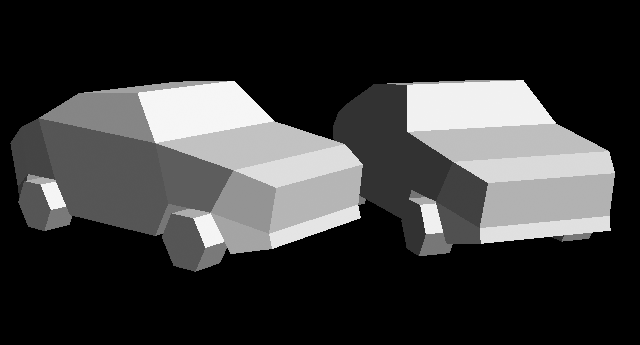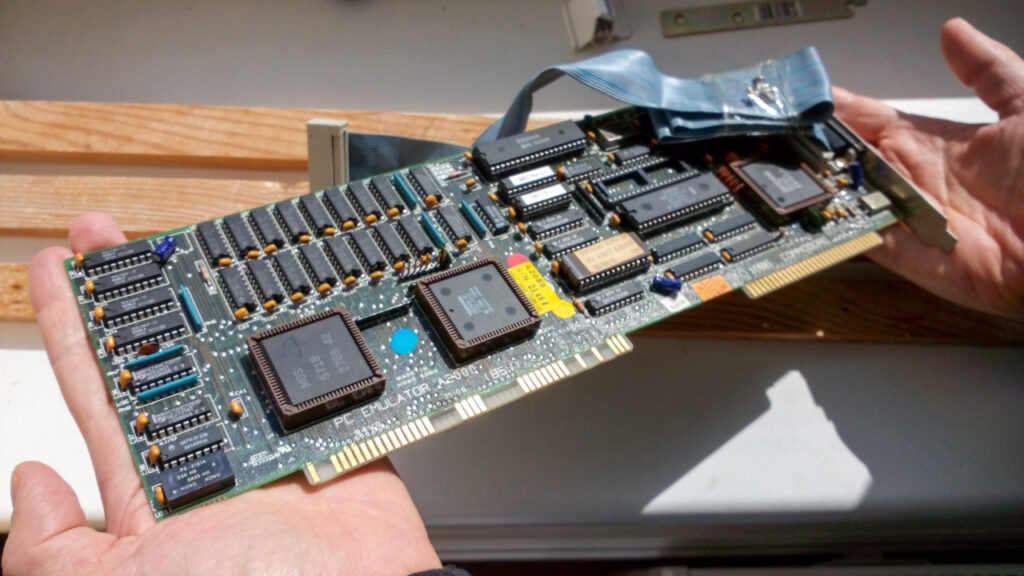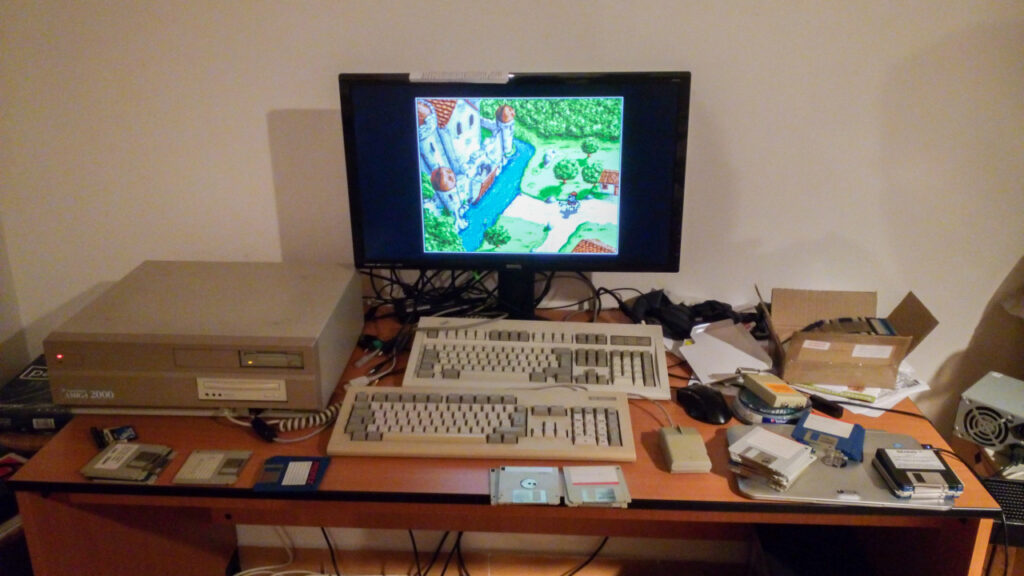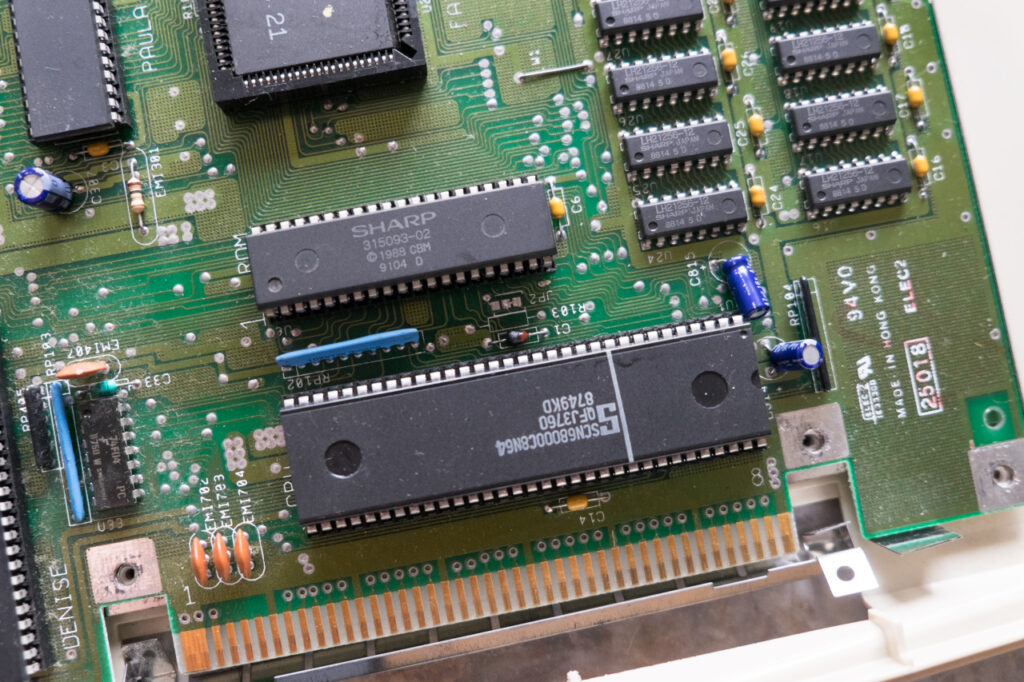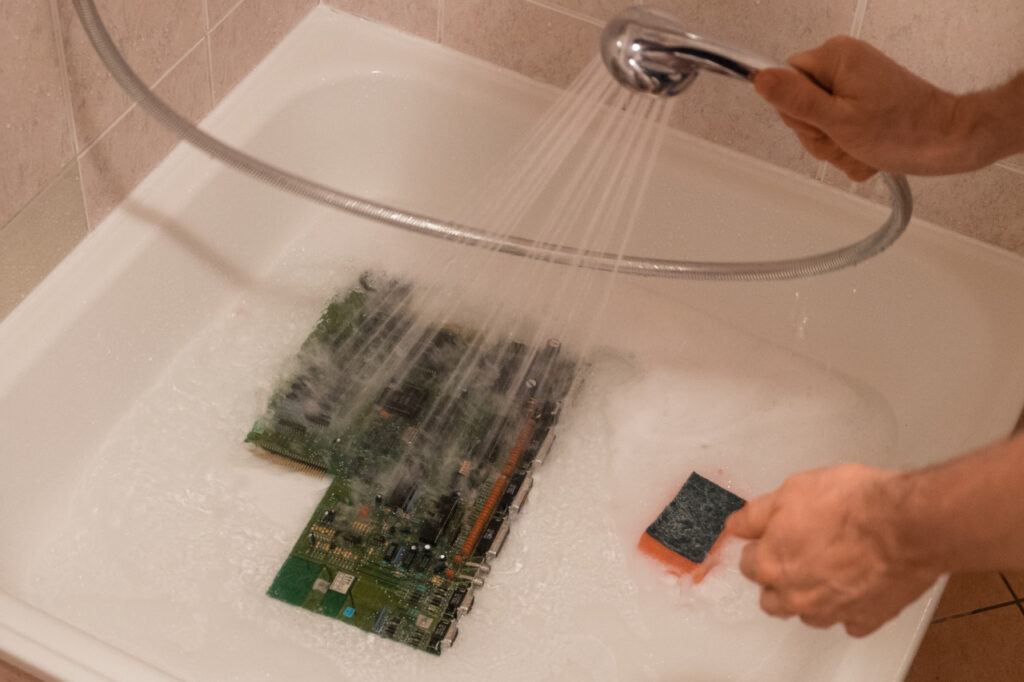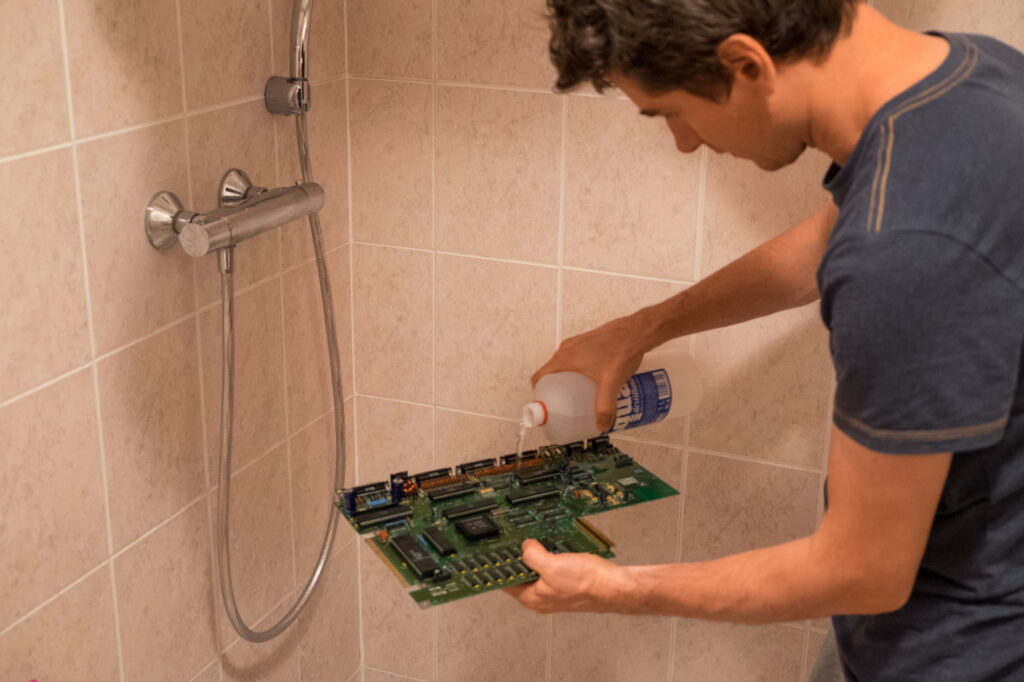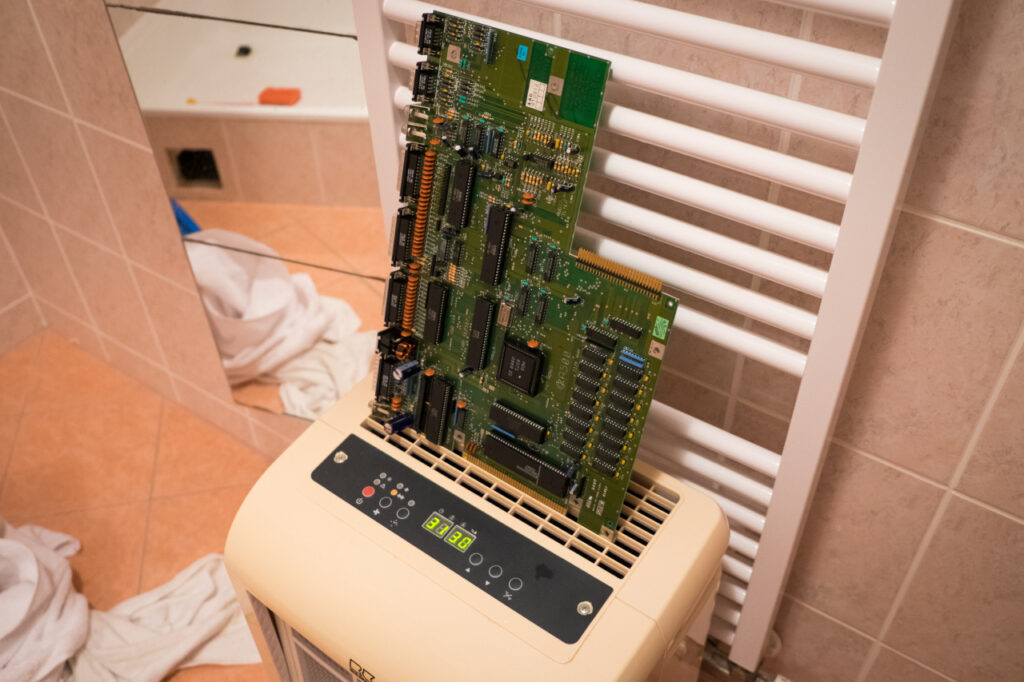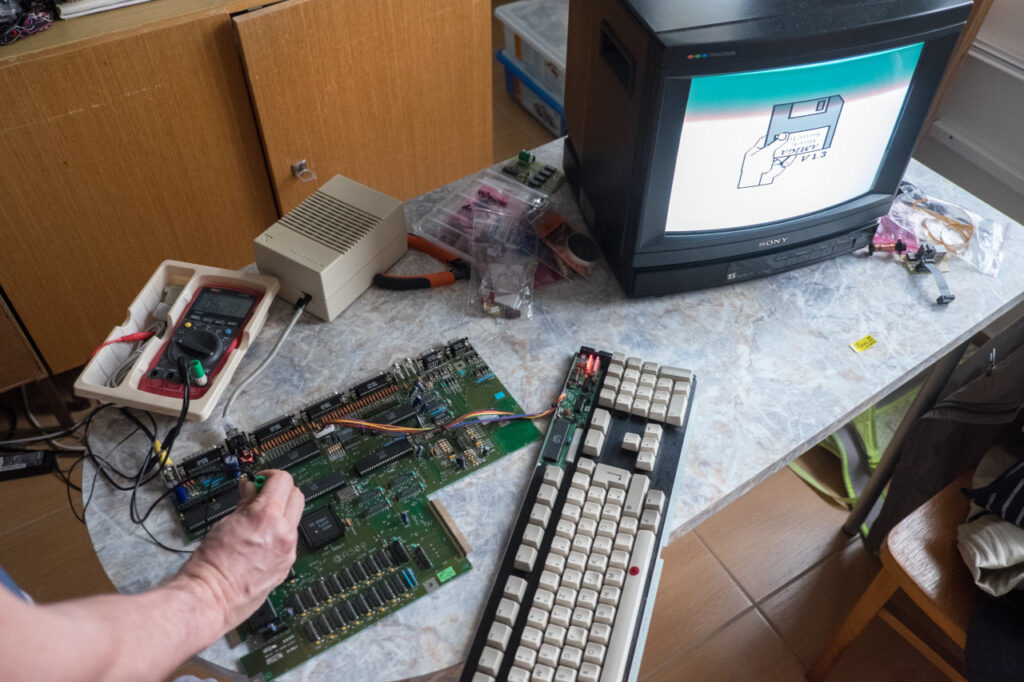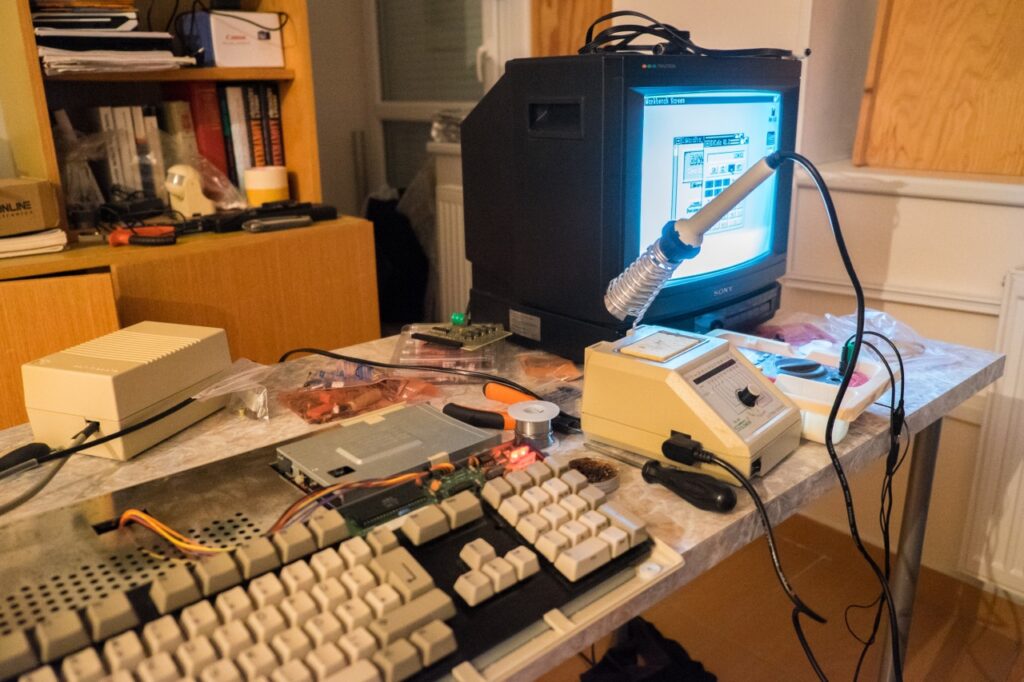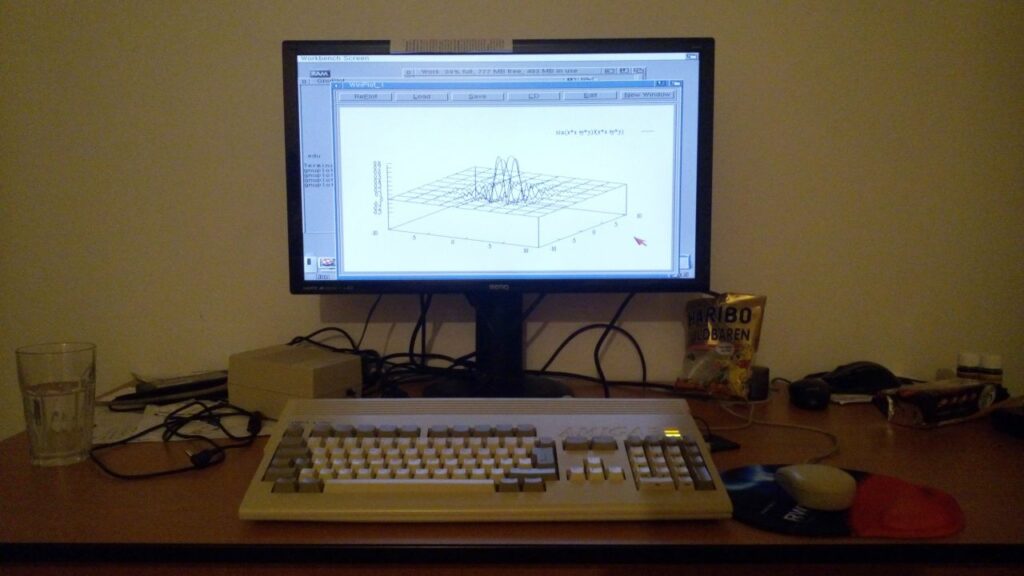TCP/IP on Amiga
It was a very successful day today because I’ve managed to get TCP/IP working on Amiga 1200. There is a problem that the first version of Amiga OS with built-in TCP/IP stack is from 1999… and I don’t have it and I don’t want to install it on such old machine. There were some third-party packages available before this date but they were not for free or even cheap (~$50).
I’ve installed AmiTCP which looks like something ported from UNIX (like many text-mode software packages on Amiga). There are installation scripts where you can configure all addresses and select the NIC driver but the result is not working with PCMCIA cards. I had to change three script files by trying various combinations (and install two PCMCIA OS fixes) before it started to use the network driver the right way. Whole procedure was definitely more complicated than on any other operating system I’ve ever used.
This is the end of copying software to/from Amiga using floppies or cortex floppy emulator. I can download anything using FTP now. Hooray!
Btw I use 3com Etherlink III (3C589C) PCMCIA network card which is supported in many operating systems. I’ve used it also with Windows 95/3.x/NT3.51/4.0, Windows 2000/XP, Windows CE, Mac OS 7.5 and many older Linux boxes. If you needs PCMCIA networking solution, this is the best one.

